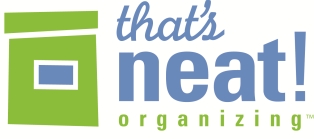Pandemic Organizing: Grab and Go-Get-Social Bag
/As I’ve written before, pre-packed bags for different activities make it easy to get out of the house quickly with what you need. The pandemic has created a few new categories of bags at my house.
In late spring we started to drive to different spots for weekend hikes, and put together a hiking bag with water bottles, granola bars, hand sanitizer, bug spray, and sunscreen.
Now as the weather in New England is getting cooler, we’ve created a grab and go-get-social bag for hanging outside in friends’ yards. Everyone in our area seems to be getting a fire pit, fire table, or heat lamp to extend the season for safe outdoor gathering.
For our bag, we used a favorite tote and loaded in:
bug spray
blankets
hats/mittens
disposable hand warmers
our own plastic drinkware
Having this “kit” ready to go means we’ll be prepared, whatever the weather, to keep socializing with friends outside this fall. What would you put in your bag?


















 Last Spring I started running. I hadn't really run since I was in elementary school, so it was a huge feat for me to complete half a dozen 5K races over the past year.
Last Spring I started running. I hadn't really run since I was in elementary school, so it was a huge feat for me to complete half a dozen 5K races over the past year. For the last installment of my year-long
For the last installment of my year-long 
